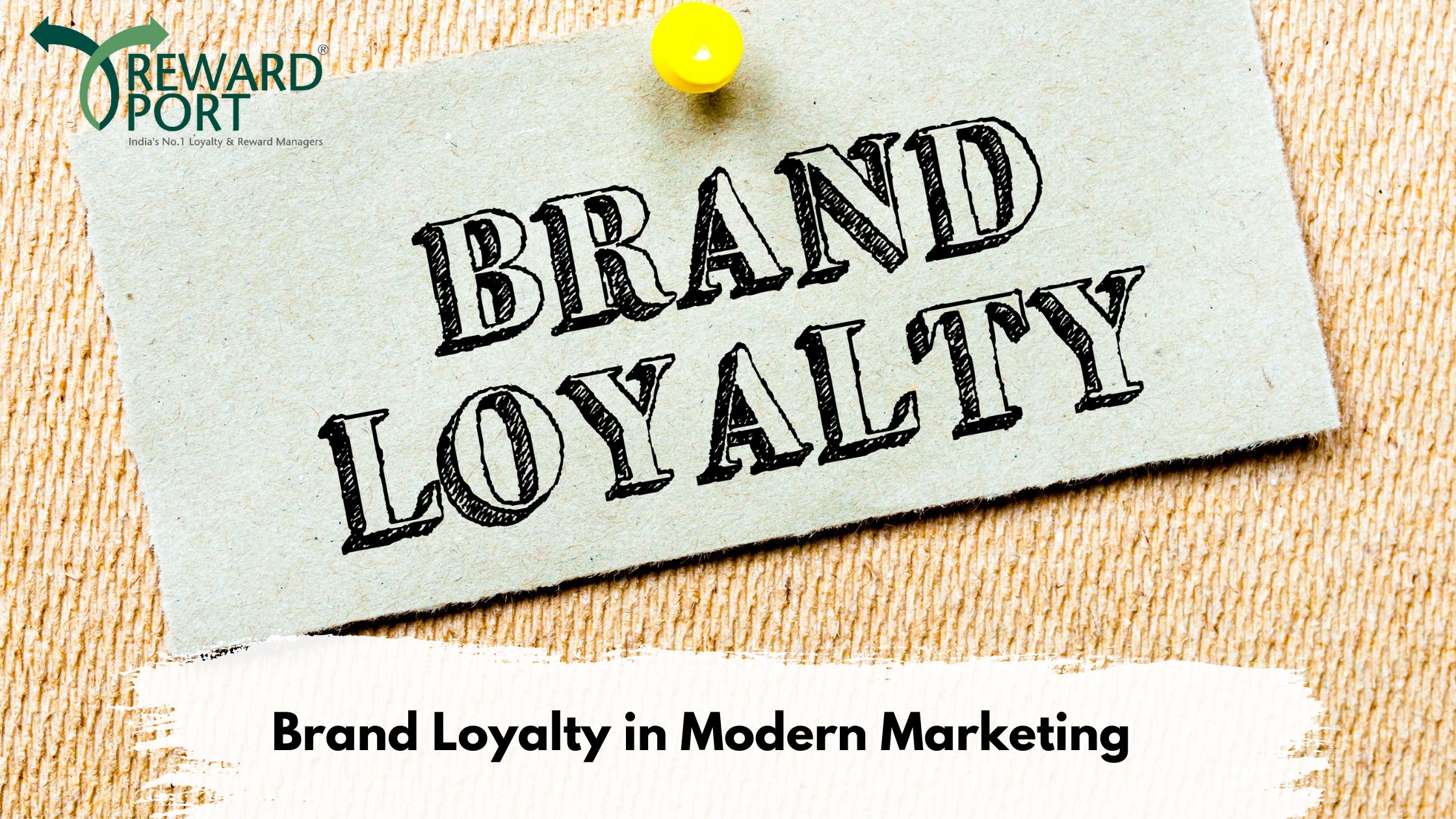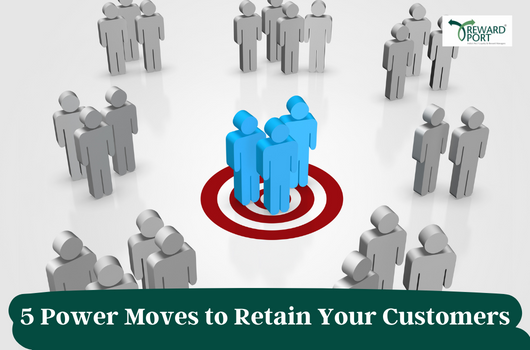As an entrepreneur or marketer, you are probably intrigued by some brands that have a cult-like following. Their customers remain loyal to them for nearly a lifetime and make repeat purchases whenever they require that specific product or service, regardless of price. Such brands can be found in every industry and come in a variety of sizes and shapes.
Value of Brand Loyalty
Brand loyalty has proven to be extremely important in creating iconic brands and retaining customers for an extended period, even a lifetime.
The following points emphasize the significance of brand loyalty for any type of business:
• Lower acquisition costs
You must be aware that the cost of acquiring a new customer is five to seven times that of retaining an existing one. This is where brand loyalty comes in handy. An effective brand loyalty program can lower the cost of acquiring new customers by keeping existing customers loyal and enticing them to make repeat purchases.
• Retargeting and remarketing made simple
According to one recent study, businesses are only 5 to 20% likely to sell their products or services to a new prospect while they are 60 to 70% likely to sell to an existing customer.
• Increased customer trust
Customers have exceptional trust in successful brand loyalty programs because they focus on delighting and exceeding their expectations every time. This gives them a significant competitive advantage and allows them to charge a higher price for their products and services than their competitors. Despite charging a premium, they retain most of their customers and receive consistent repeat purchases.
Top Ways to Increase Brand Loyalty
Before making a purchase, modern customers scour websites and research the products they intend to purchase.
You can’t rely on traditional methods to generate loyalty when customers are 60% to 80% of the way down the funnel before speaking with anyone at your company.
At the same time, fewer customers remain loyal to a single brand.
Loyal customers are profitable customers because they are less expensive to market as they purchase more frequently. However, only 27% of initial sales become repeat customers. Companies must invest in cultivating customer loyalty.
• Begin with your employees
If you want satisfied customers, start with your employees. Customers notice and feel it when they are appreciated, valued, and included. Call your boss and co-workers. Inquire how they are doing and what you can do to assist them. Be adaptable. Be adaptable. Make communications more personal. Employees will then pass it on even if their boss is not looking! Loyalty spreads like wildfire.
• Maintain Contact Between Projects
Maintain contact with current and former customers in between projects. Customers can stay informed about your service offerings by receiving a client-focused newsletter regularly. When comparing the cost per new lead versus the cost of retention, a client discount is also a great incentive and a justified expense.
• Connectivity and functionality should be combined
The combination of brand functionality and emotional connectivity is redefining brand loyalty. Products and services must not only solve a problem but also reflect the views and preferences of the customer. Marketers who strike this balance will build stronger, more intimate relationships with brand ambassadors.
• Engage your customers
Connecting with your users aids in the development of a sense of belonging and community. To get your users excited and engaged, share your brand’s new and exciting developments, as well as news and opinions in your industry.
You can use social media to inform customers about new trends, special deals and discounts, and your company’s next steps. The more like a conversation it feels, the better.
Another way to keep your existing customers happy is to recognize their needs before they even realize they have them. Predict what your customers are likely to want using your customer behavior data, and then provide it to them.
A simple Thank You note, Happy Birthday or Happy Holidays greeting will also go a long way. Customers in any industry want to know that you care about them outside of business transactions.
• Personalize programs
When it comes to brand loyalty programs, there are numerous reward and incentive options available to keep your customers engaged and loyal. Most successful brands use a variety of options, including points programs, hybrid loyalty programs, tiered programs, fee-based loyalty programs, and others. Using a variety of loyalty programs can be extremely appealing and valuable to various customers.
• Create a distinct brand position
Nothing beats your company’s distinct brand position when it comes to increasing brand loyalty. Unique brand statements are created by strong brands to highlight their brand values, unique selling propositions (USPs), and market position.
A distinct brand position communicates what distinguishes your company and the value it adds to the lives of your customers. Create a distinct brand position that resonates with your target customers. Determine what distinguishes you from your competitors and list the strongest points of your brand that distinguishes it from the competition.
• Channel sales partners should be rewarded
The comprehensive and multi-pronged nature of the brand loyalty program is its best feature. Working with the right channel sales partners and providing them with appropriate rewards and incentives is one of the most effective ways to boost your brand equity.
A brand can benefit greatly from collaborating with the right channel partners and creating personalized and tailored rewards for them. It will encourage channel partners to prioritize one brand over others, thereby improving brand identity and equity.
Appropriately rewarding channel partners create a virtuous cycle that tends to pass the benefits on to the end customers.
• Increase loyalty by using reciprocity
Reciprocity is a social construct proven to increase loyalty. Kindness creates a sense of obligation in the recipient, who instinctively wants to repay the kindness.
There are two types of reciprocity, and both can be used to increase customer loyalty to customer service.
A surprise gift or gesture is surprise reciprocity. For example, if you send your customer free swag or tickets to a company event without warning.
Trumpeted reciprocity occurs when someone gives or does something beneficial in a way that demonstrates that they are going above and beyond. It doesn’t mean you have to document and report on everything you do, but it should be clear to the customer that what you’re doing is outside the normal scope of the working relationship. Giving your customer early access to a new product or feature is an example of this.
Conclusion
Loyalty marketing is critical for building long-term relationships with customers who spend more money with you. With loyalty scheme members generating 12 to 18% more revenue per year than the average guest shopper, it’s no surprise that loyalty marketing is so popular among brands.
Frequently Asked Questions
Why is brand loyalty important?
Building brand loyalty is what propels growth. Customers who become 'brand loyal' after purchasing your products will become repeat customers. They will, however, recommend you to their peers and act as ambassadors for your products in the real world.
How does brand loyalty affect marketing?
Existing customers are much easier to sell to, brand loyalty increases the likelihood that an existing customer will try a new product; in fact, you're 60-70% more likely to sell to an existing customer than a new prospect.
Is brand loyalty still relevant?
Brand loyalty is not extinct. In fact, it is simply evolving, but it is more relevant than ever. The most significant change is that brand loyalty messaging is increasingly being generated by customers. Social media, reviews, and word-of-mouth can either help or hurt your brand.





